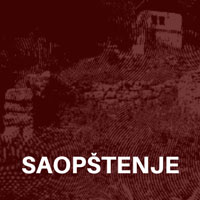The March violence in Kosovo – a reminder of the facts
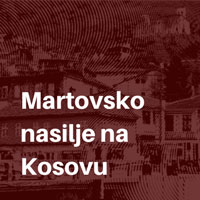
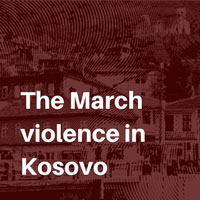 The retreat of the Serbian army and police from Kosovo in June 1999 meant liberation for Kosovo Albanians from Serbian rule and repression, and for Kosovo Serbs it meant the beginning of a new reality marked by the unwillingness and inability of UNMIK and KFOR to protect the personal safety of Serbs, Montenegrins, Bosniaks and Roma people, but also by the prevailing conviction of Kosovo politicians and the public that the priority is independence, followed by solidarity with the Serbs who stayed in Kosovo.[1]
The retreat of the Serbian army and police from Kosovo in June 1999 meant liberation for Kosovo Albanians from Serbian rule and repression, and for Kosovo Serbs it meant the beginning of a new reality marked by the unwillingness and inability of UNMIK and KFOR to protect the personal safety of Serbs, Montenegrins, Bosniaks and Roma people, but also by the prevailing conviction of Kosovo politicians and the public that the priority is independence, followed by solidarity with the Serbs who stayed in Kosovo.[1]
The post-war reality was not easy for Kosovo Albanians either; much of their expectations of liberation came under pressure from the difficult economic situation and faintly observable justice for the thousands of civilians killed and a large number of missing. The then-new government of the Republic of Serbia made a step forward by discovering mass graves in Serbia, but the right-wing political parties, that were part of the government, managed to marginalize the question of the responsibility of the Yugoslav Army and Ministry of Interior for war crimes and influence Kosovo Serbs not to take participation in building a new political system in Kosovo. The killings and disappearances of Serbs and Roma, frequent until the end of 2000, would take place in the presence of KFOR and UNMIK, leading both the remaining Serbs and most of the Albanians to a conclusion that post-war perpetrators had the tacit consent of the international community to create Kosovo without Serbs.[2]






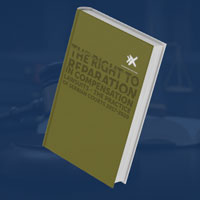
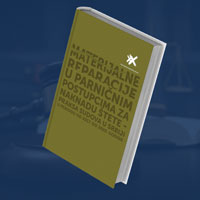

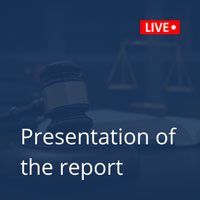 On Friday, March 12, 2021, at 11 AM, via the Zoom platform, the Humanitarian Law Center (HLC) will present the report “The right to reparation in compensation lawsuits – the practice of Serbian courts 2017-2020”.
On Friday, March 12, 2021, at 11 AM, via the Zoom platform, the Humanitarian Law Center (HLC) will present the report “The right to reparation in compensation lawsuits – the practice of Serbian courts 2017-2020”.
